Perodua has unveiled a next-generation prototype model called the Bezza at KLIMS. The sleek concept is tagged as the sort of vehicle that’s ideal for the future Gen-Y crowd looking for something bigger to efficiently traverse the concrete jungle as well as for longer journeys.
Penned 100% by Malaysian designers (totalling 53 in all, including those from private learning institutions) led by P2’s chief designer Muhammad Zamren Musa, and fabricated in Thailand, the four metre-long B-pillarless vehicle is the company’s vision of what a compact car is – a vehicle that maximises the interior with a minimised exterior.
Branded as a ‘mobile living space,’ with all the mod cons expected in the digital age (communications, infotainment), the study is set to become a blueprint for the company’s future models, P2 says, even though the Bezza doesn’t feature any powertrain/drivetrain – the focus of the concept is on styling studies, that of design cues and character. Perodua says that if interest in the design is high, plans to develop the particular design further into a working unit may be pursued.
The five-seater concept, which uncannily contains traces of the Prius in its exterior lines, features sliding rear doors and swivel front seats for easy ingress and egress, along with a distinctly agressive headlamp design.
The clean-looking interior features a cockpit layout dashboard, with the instrument panel designed for the driver’s visual ease, and the floating centre console is shaped to provide additional legroom for both driver and front passenger, with a large luggage storage area part of the design brief as well.
Update: New photos added to the live gallery, including interior shots, with some revisions to the story as well.
Looking to sell your car? Sell it with Carro.

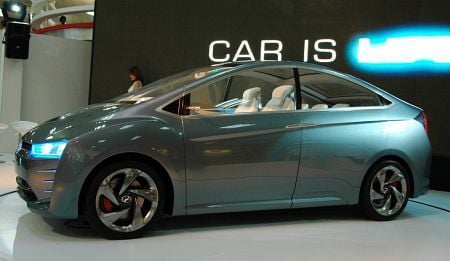
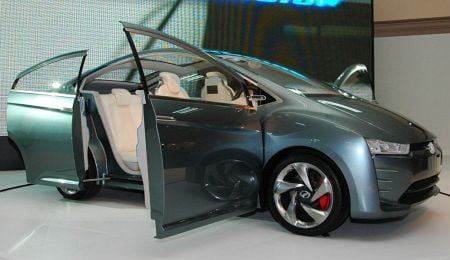
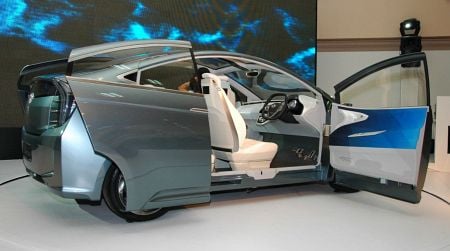
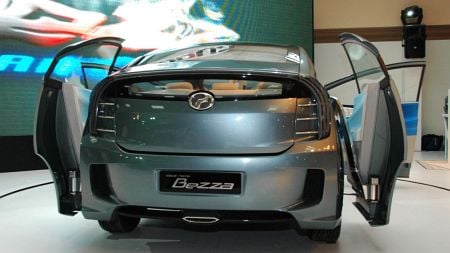
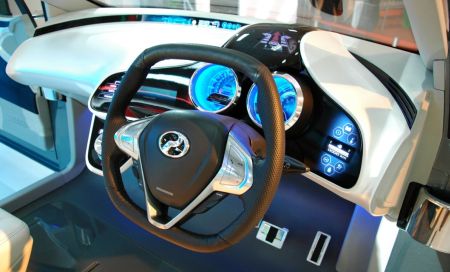
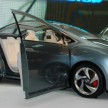
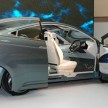


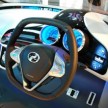

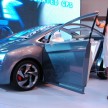
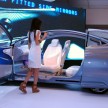
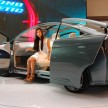
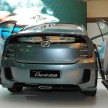

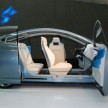
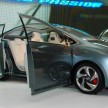
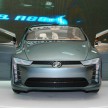

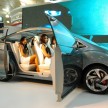
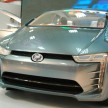
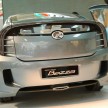

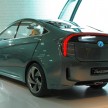
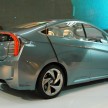
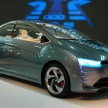
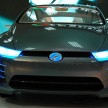
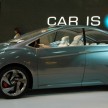
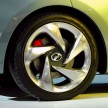
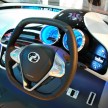
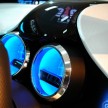
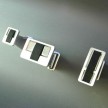
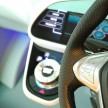
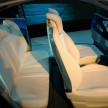
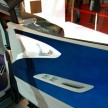
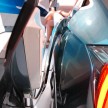

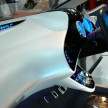
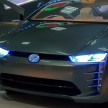

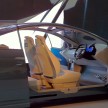
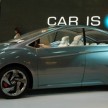
















AI-generated Summary ✨
Comments reveal a wide range of opinions on the Perodua Bezza concept, with many acknowledging its futuristic and modern design, and praising Perodua for showcasing innovative efforts. Some comments compare its resemblance to the Toyota Prius, noting similarities in the rear and overall profile, and referring to it as a rebadged Prius or Emas front. There are discussions about the vehicle's safety, cost, and practicality, with skepticism about its real-world feasibility and safety without a B-pillar. Several commenters express pride in Malaysian design, while others criticize perceived copying or rebadging, and debate about the car’s production potential and market appeal. Overall, sentiments are mixed with enthusiasm and admiration for the concept’s innovation, tempered by doubts over feasibility and originality.